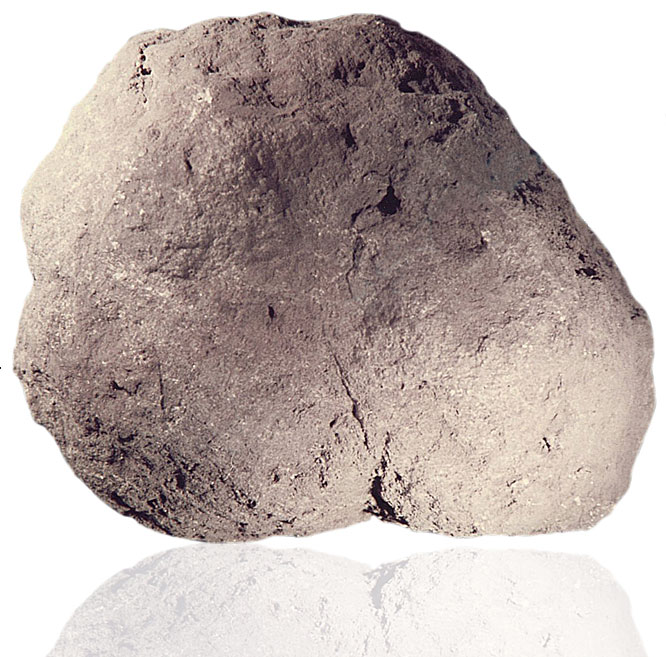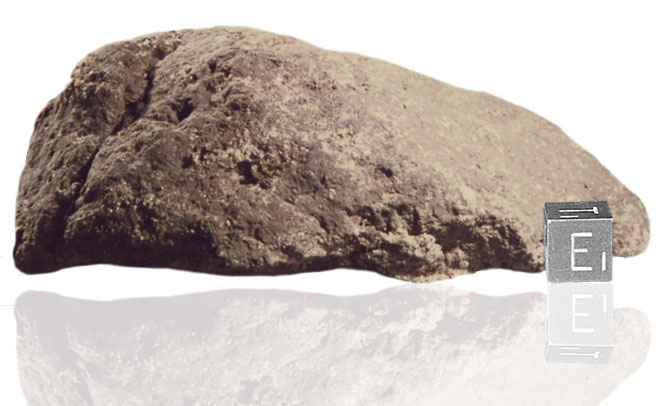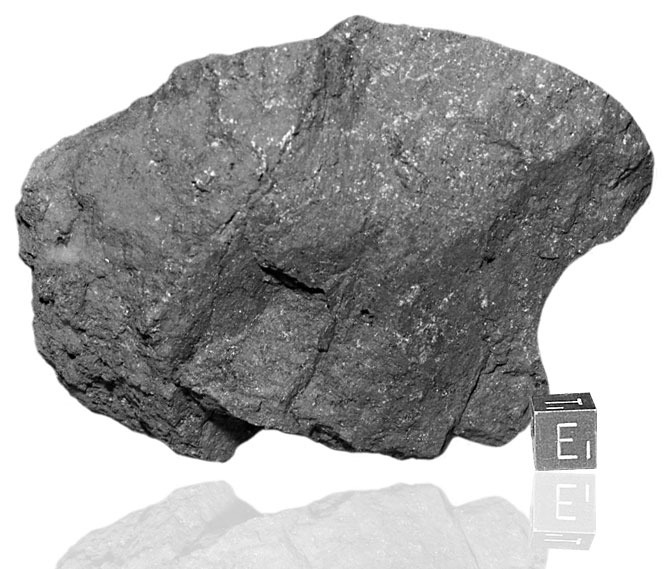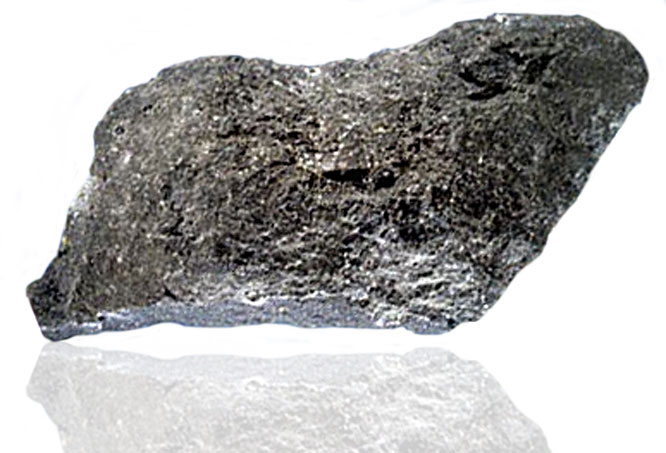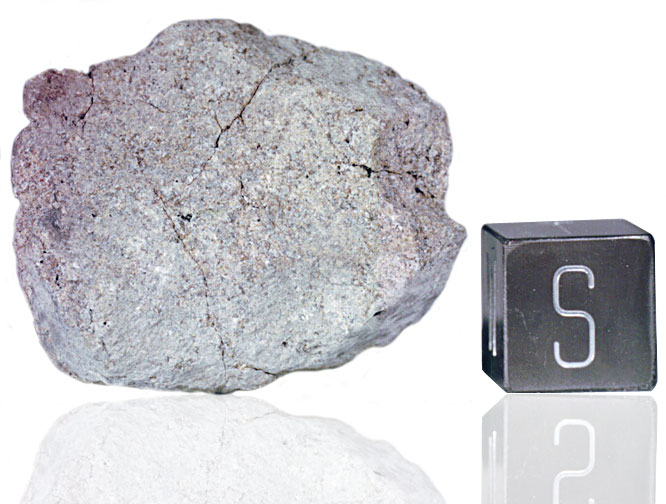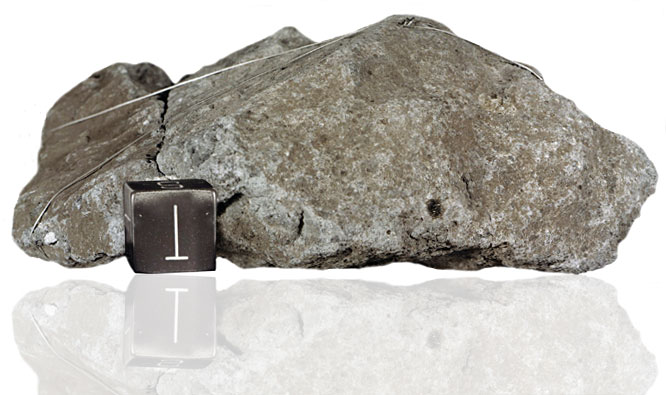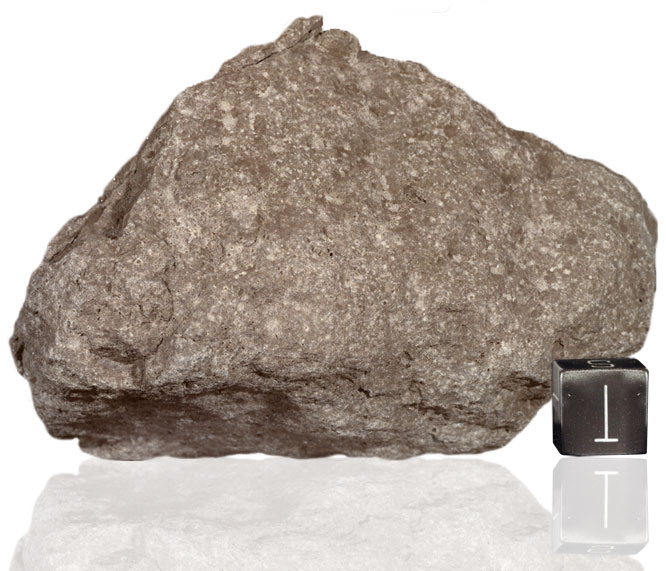The Moon rocks collection illustrates the full range of samples brought back to the Earth by Apollo astronauts, kindly loaned to us by the Science and Technology Facilities Council in the United Kingdom and NASA, a link that was greatly helped by our colleagues Colin Pillinger and Everett GIbson. The collection includes coarse-grained rocks from the Lunar Highlands, samples of basalt lava flows and samples of regolith (the layer of dust that covers the surface of the Moon).
The Moon rocks collection consists of 28 samples returned to Earth during the NASA Apollo program – Apollo 11 (July 1969), 12 (November 1969), 14 (January 1971), 15 (July 1971), 16 (April 1972) and 17 (December 1972). Neil Armstrong (the first man to step foot on the Moon) was followed by eleven other astronauts over a three-year period, which ended when Commander Eugene Cernan and geologist Harrison Schmitt left the lunar surface in the Apollo 17 lander. During this time, 2415 samples of Moon rock weighing 382 kg were collected. We can show only a very small fraction here; many of the rest can be found at NASA.
The rocks in our collection cover the complete range of available samples. The oldest samples, some over 4,000 million years old, are examples of the lunar highland and have been crushed and shattered by many past asteroid impacts. The collection includes several examples of lava flows that formed between 4,000 million and around 3,000 million years ago. Finally there are some examples of the dust that covers the lunar surface, formed as micrometeoroids (tiny meteoroids) grind the surface rocks into a fine, dusty powder (known as regolith). Because regolith forms as a result of exposure at the surface, the longer that rock is exposed, the thicker the regolith that forms above it.
